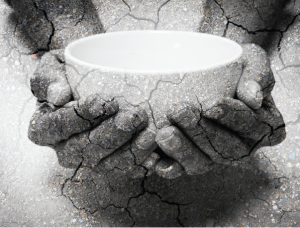
mantinov / shutterstock.com
To correctly address a problem, one must have a handle on its nuances—a clear understanding of what is linked and how. And thus far, when it comes to lupus, we haven’t reached the point of understanding those intricacies.
Things are heading in the right direction, however, with two new studies that get us much closer to untangling the relationships among lupus, poverty, race and ethnicity.
Edward Yelin, PhD, is professor emeritus at the University of California, San Francisco. His work, “A Prospective Study of the Impact of Current Poverty, History of Poverty, and Exiting Poverty on Accumulation of Disease Damage in SLE,” was recently published in Arthritis & Rheumatology.1
Dr. Yelin says, “We already know that racial and ethnic minorities are more likely to be diagnosed with lupus than are Caucasians. However, after the onset of the disease, it is not race or ethnicity that primarily drives the differences in outcomes. There is a solid history of literature indicating that it is poverty or other socioeconomic issues.”
The question, says Dr. Yelin, is “Why?”

Dr. Yelin
In an attempt to tease out the answer to this and other questions, Dr. Yelin and his colleagues followed 783 lupus patients from 2003 to 2015, focusing on the extent of disease damage experienced by each participant.
“One question that arose was, ‘Is it poverty itself that poses the problem, or is it something to do with the personality of those who tend to be poor?’ We postulated that the number of years a lupus patient had been poor has a strong relationship with how much disease damage they had suffered. Although we could not randomize people to poverty, we were able to observe whether people who left poverty had better outcomes—and indeed they did.”
Length of Time in Poverty Matters
Elaborating on this sociological dose-response relationship between poverty and lupus-related damage, Dr. Yelin notes, “We found that the longer people lived in poverty, the more disease damage they sustained. Those who were able to permanently transition out of poverty did have similar increases in damage as those who were never in poverty, but it was not as severe as those who remained poor.”
Given that lifting large numbers of patients out of poverty is a supremely challenging, long-term goal, Dr. Yelin and his colleagues wanted to find out what else was going on. Perhaps there were things occurring at a micro, daily level that could be amenable to improvements. And although they found them, the fact is that there are no simple answers.

